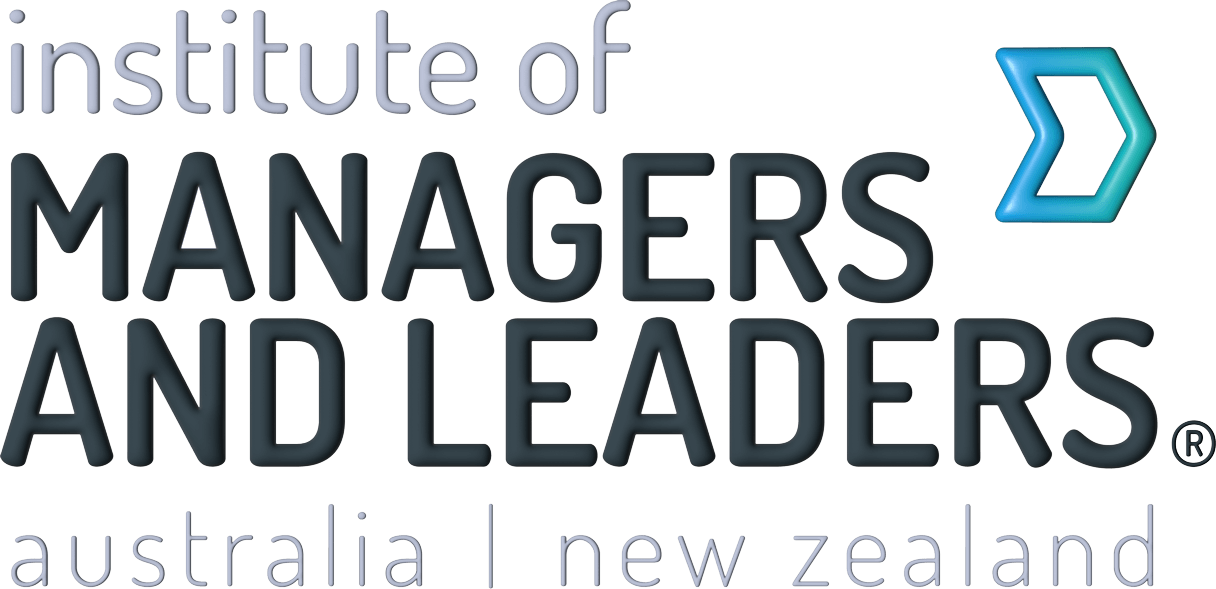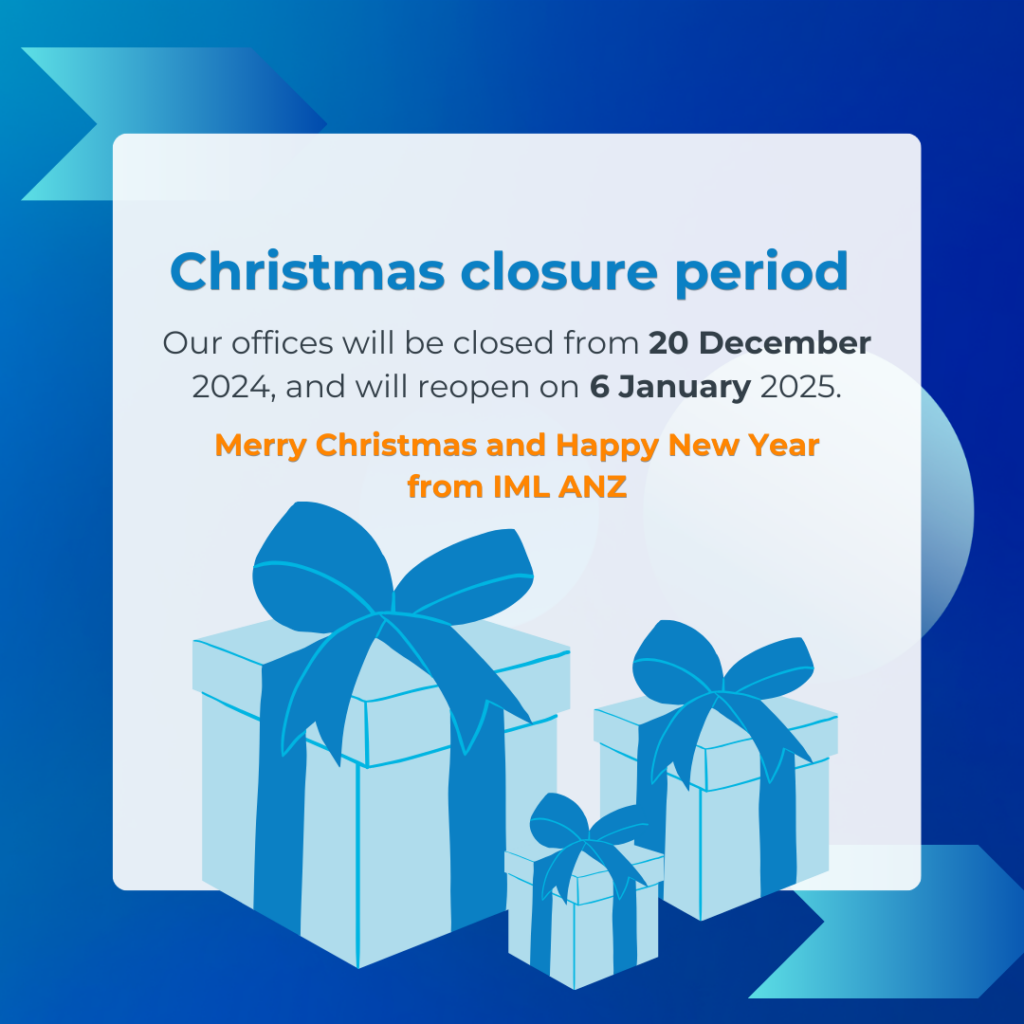As workplaces continue to evolve, leaders face a myriad of contentious issues that require careful navigation, empathy, and thoughtful connection. From return-to-office mandates to pay transparency, AI and workplace automation, and the right to disconnect, the landscape is continually shifting, and leaders must be adept at proactively navigating this complex landscape. It helps to take a strategic approach that balances sensitivity and action.
Understand the landscape
The modern workplace will continue to evolve, whether it’s due to technological advancements, societal changes, or new regulations. For example, in Australia, there have been new workplace requirements on pay transparency protections for gig economy workers, and psychosocial safety, along with debates about workplace surveillance and return-to-office mandates. In the US, there has been the dismantling of DEI initiatives following state-level and federal bans, along with stricter return-to-office mandates from many large corporations. While in the UK, there have been expanded worker rights for flexible working and paid and unpaid leave, increased employer obligations to prevent sexual harassment, and changes to unfair dismissal rights.
Know the points of contention
With change come points of contention. For example, the shift to remote work during the pandemic has left many employees reluctant to return to the office full-time. However, some employers believe in-person collaboration is essential for productivity and company culture.
Research from Stanford professor Nicholas Bloom has highlighted how hybrid working improves retention without damaging performance. He argues that remote work offers significant societal and economic benefits. Leaders can ignore data that doesn’t support their beliefs or interests. However, the approach stymies innovation and progress.
Effective leaders are willing to challenge themselves by becoming curious and investigating what drives their beliefs about how things must be done. This approach seeks to understand the underlying causes of issues and considers multiple perspectives before making decisions, reducing the risk of oversight. Curiosity also acts as a counterbalance to overconfidence.
Leaders who are overly confident in their knowledge and abilities can become complacent and resistant to different ideas. Curiosity, on the other hand, encourages humility and recognition that there is always more to learn. This balance is crucial for effective leadership and decision-making.
Focus on transparency and trust
Leaders can create a more harmonious and productive workplace by addressing contentious issues with transparency and trust. The key lies in balancing the business’s needs with the employees’ expectations and well-being. Start by having open conversations with your employees about their preferences and concerns. As you do this, be genuinely interested in their feedback. Falling into the trap of faux consultation will do nothing to engender connection and buy-in.
In contrast, actively listening to their feedback can help you understand their needs and find a balanced approach. So, too, does demonstrating empathy by acknowledging your team members’ challenges and offering support where possible. Be clear on what matters the most to you and the actual impacts. Is your approach more about control than trust? When leaders don’t trust their team members, they are most likely to default to leadership behaviours that focus on control.
Know what’s optional and what’s not
There are many mandatory elements when workplace change is driven by legislation and regulations. The organisation must comply and demonstrate that it is complying. However, how the changes are rolled out to your team members is often flexible. Across all the changes, you want to encourage an environment where employees feel comfortable discussing issues that concern them. Also, provide regular training and support sessions so that your team members know what the changes mean for how they work and connect with colleagues.
The requirements should be documented in supporting policies and procedures, which are readily accessible to team members. As part of this, establish confidential and safe channels for employees to escalate and report issues. Contentious issues are part of today’s working environment. Ignoring them will not make them disappear, nor will taking a directive approach that ignores your team’s needs.
Success requires leaders to prioritise communication, empathy, and proactive measures, as well as the leader accepting the role they must play. When leaders address the challenges head-on, they can successfully guide their teams through the contentious change while building a stronger, more resilient, and more engaged team and organisation.
Lead the way through change
At the Institute of Managers and Leaders, we are passionate about helping you enhance your leadership skills so you can tackle advancements and industry changes confidently. Explore our on-demand webinars, designed for busy leaders, to discover new skills are tactics to gain new skills and confidence to lead your teams to success in ever-changing industries. Some of our top webinars for embracing change include:



